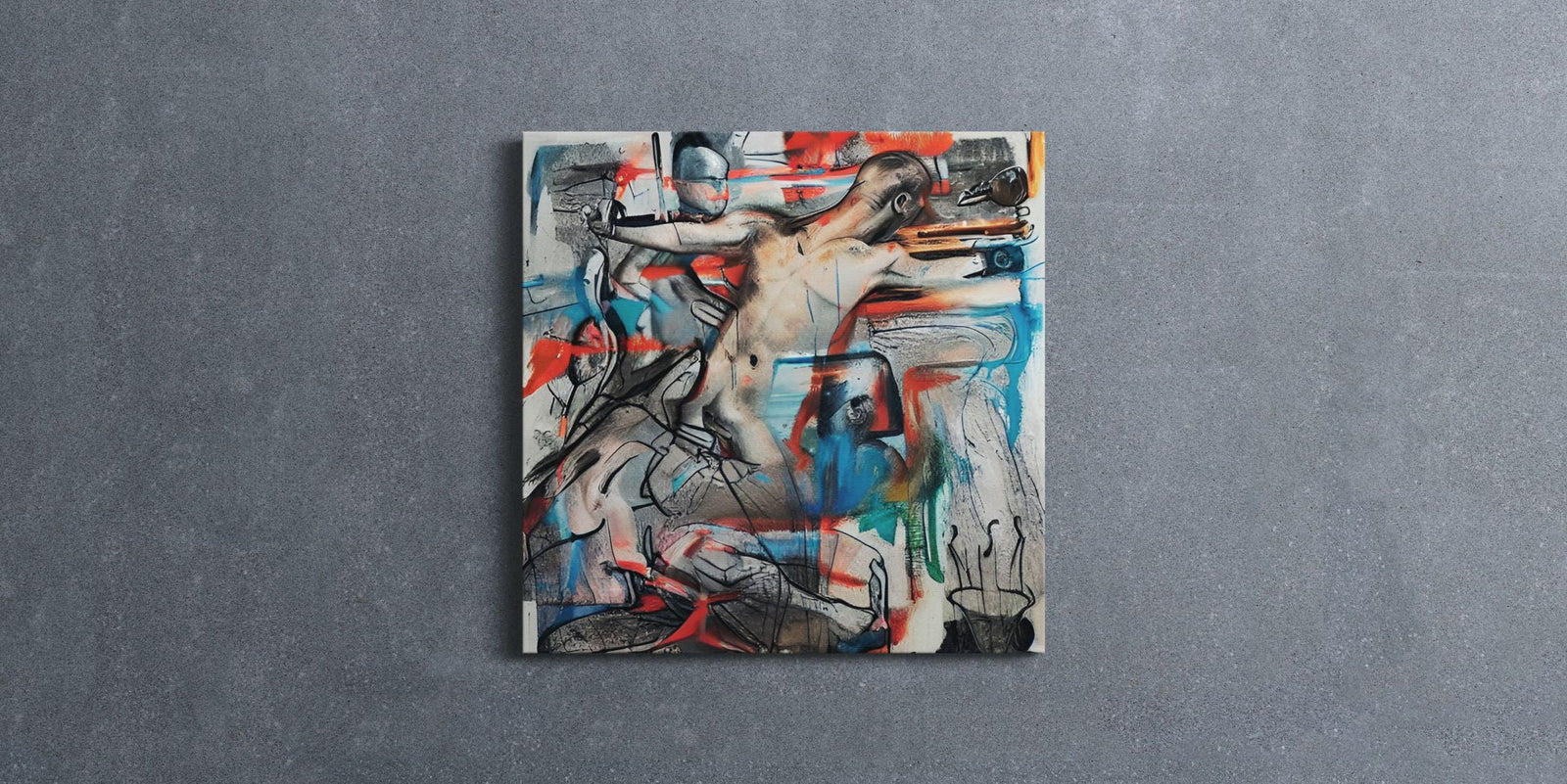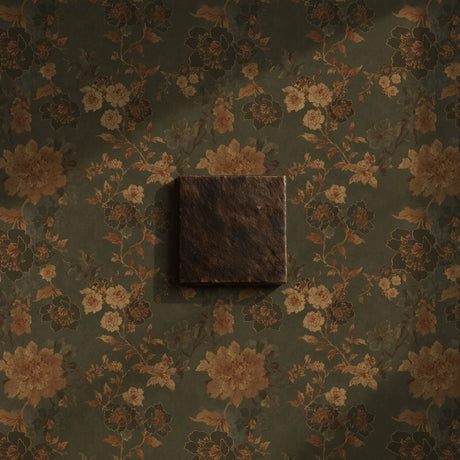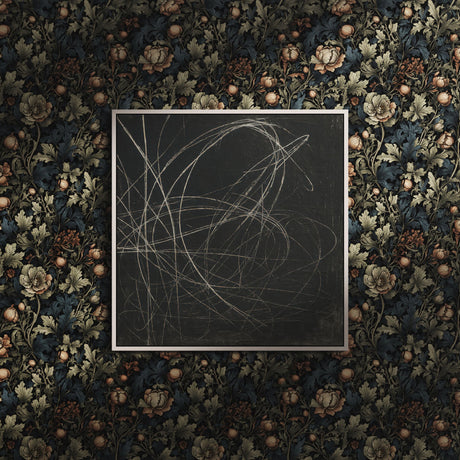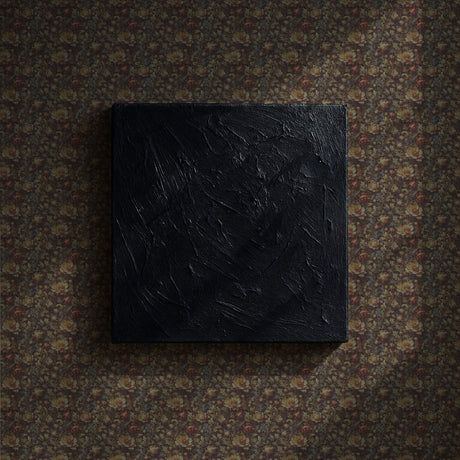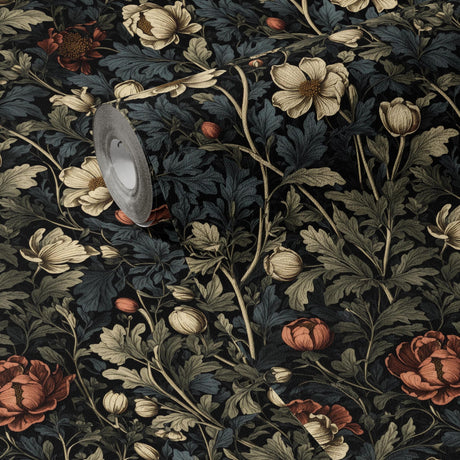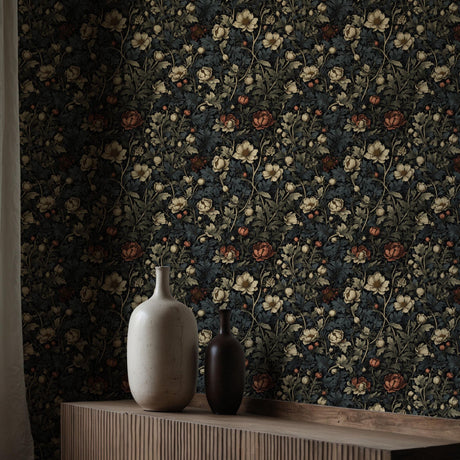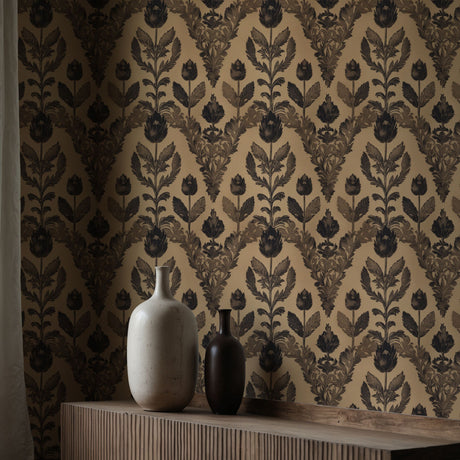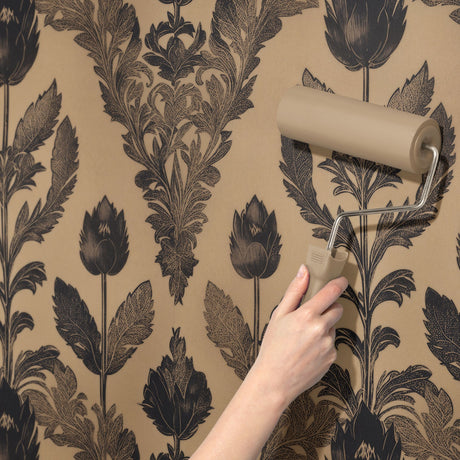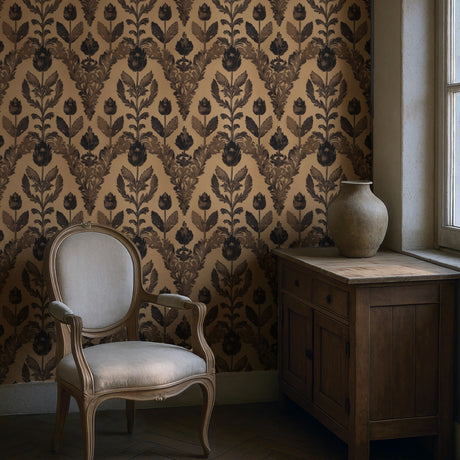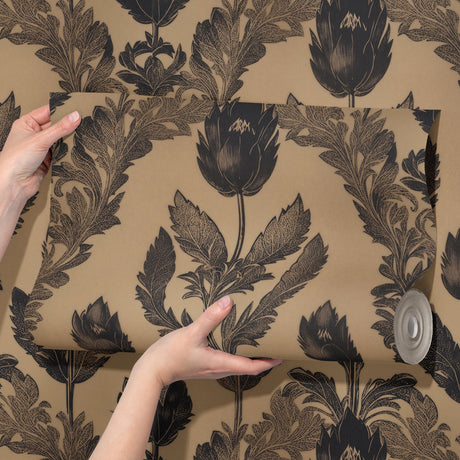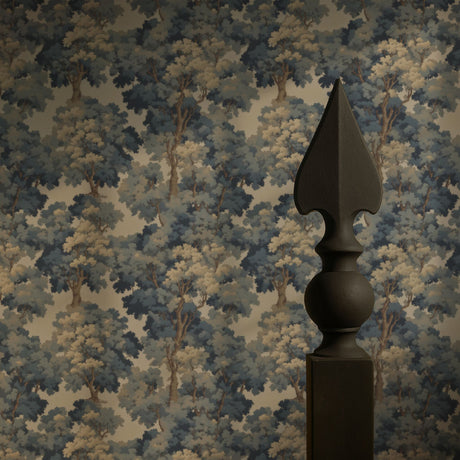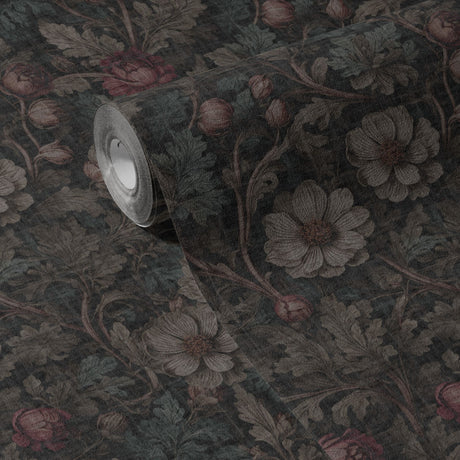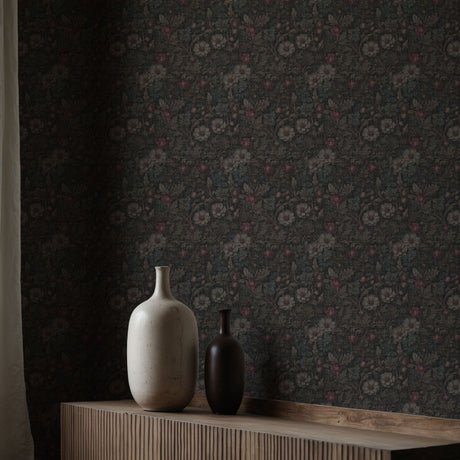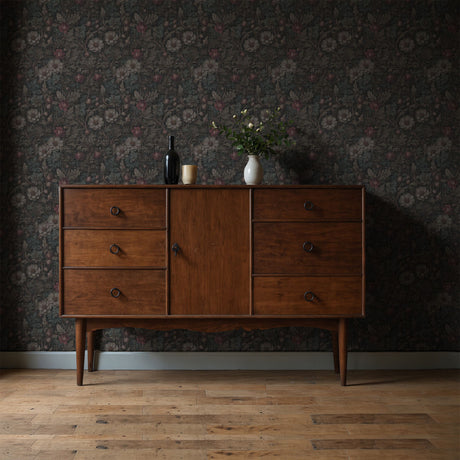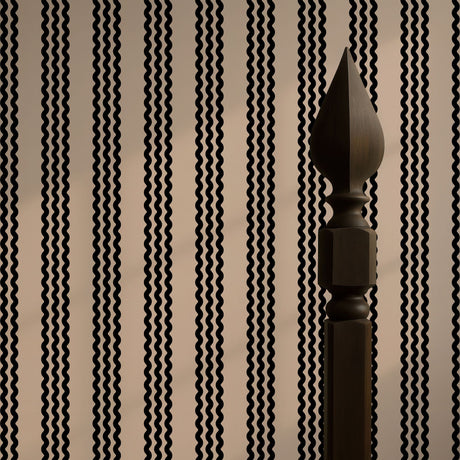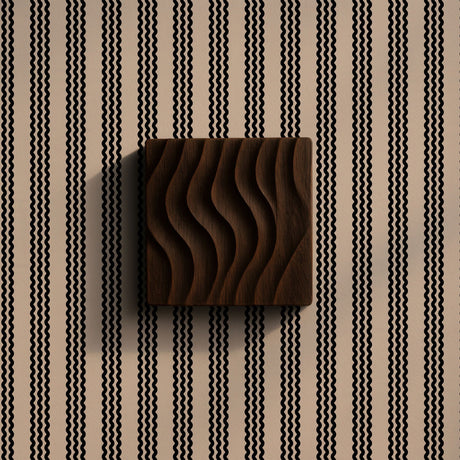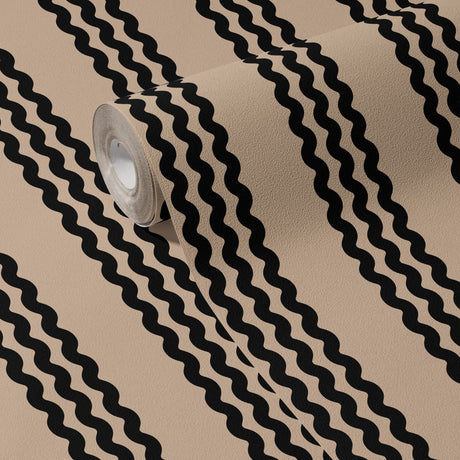The Evolution of Street Art: From Graffiti to High-End Wall Decor
Street art, once relegated to the gritty alleyways and neglected corners of urban landscapes, has transcended its underground origins to become a global cultural phenomenon and a celebrated form of artistic expression. What began as illicit graffiti has evolved into a diverse and dynamic genre that encompasses a wide range of styles, techniques, and themes. Today, street art has not only found a place within mainstream art circles but has also made its way into the realm of high-end wall decor, adorning the homes of collectors, galleries, and interior design enthusiasts. In this article, we embark on a journey through the evolution of street art, tracing its trajectory from rebellious beginnings to its current status as a coveted and influential art form in both public spaces and private domains.
The Roots of Rebellion: Graffiti's Genesis
Birth of a Subculture
Graffiti emerged in the late 1960s and early 1970s as a form of self-expression and social commentary within marginalized urban communities. Spray paint, markers, and stencils became the tools of choice for young artists seeking to make their mark on the cityscape.
Subversive Messages
Graffiti served as a platform for political and social dissent, allowing artists to voice their opinions and challenge prevailing norms. Messages of protest, identity, and empowerment began to appear on walls, bridges, and subway cars.
Shifting Perspectives
As graffiti gained visibility, public perception shifted from dismissing it as vandalism to recognizing its potential as a legitimate artistic medium. Artists like Jean-Michel Basquiat and Keith Haring bridged the gap between street art and the fine art world, garnering attention and acclaim.
Street Art's Evolution: Murals, Stencils, and Beyond
Rise of Murals
Street art expanded beyond traditional graffiti to encompass large-scale murals that transformed entire neighborhoods. These murals often reflect local culture, heritage, and the aspirations of the community.
Stencil Artistry
Stencil art gained prominence as a technique that allowed for intricate detailing and the replication of images across different surfaces. Artists like Banksy brought stencil art to the forefront, using it as a powerful tool for social commentary and satire.
Mixed Media and Sculptures
Street artists began experimenting with mixed media and three-dimensional sculptures, blurring the lines between street art, installation art, and sculpture. These innovative approaches added a new layer of depth and dimension to the genre.
From Streets to Galleries: Mainstream Recognition
Gallery Exhibitions
Street art entered mainstream art galleries and institutions, with artists like Banksy, Shepard Fairey, and Invader showcasing their work in formal exhibitions. This transition from public spaces to gallery walls marked a significant shift in perception and value.
Collector's Appeal
Collectors and art enthusiasts began recognizing the investment potential of street art, leading to an increase in demand and prices. Street art auctions and sales became a significant part of the art market, with some pieces fetching millions of dollars.
Artistic Collaboration
Street artists collaborated with established brands, musicians, and fashion designers, further blurring the boundaries between street art and mainstream culture. This cross-disciplinary approach contributed to the global recognition and influence of street art.
Street Art as High-End Wall Decor
Aesthetic Fusion
The evolution of street art has led to its integration into high-end interior design. Street art's bold colors, dynamic compositions, and thought-provoking narratives add a layer of visual intrigue and sophistication to living spaces.
Custom Commissions
Artists who once worked anonymously on city walls are now commissioned to create custom pieces for private clients. Street artists collaborate with homeowners and interior designers to tailor their creations to specific spaces and design visions.
Personalized Statements
Incorporating street art into home decor allows individuals to make a personal and unique statement. Homeowners can choose pieces that resonate with their values, experiences, and artistic preferences, resulting in a space that is an extension of their identity.
Bridging Urban and Domestic
The juxtaposition of street art within domestic interiors creates a compelling dialogue between urban grit and domestic comfort. This fusion of contrasting elements adds a layer of complexity to the visual narrative of the space.
Curating Street Art in Your Home
Selecting the Right Piece
When selecting street art for your home, consider the overall aesthetic of your space, your personal connection to the artwork, and the emotional response it evokes.
Sizing and Placement
Choose the appropriate size of artwork based on the available wall space. Consider the impact you want the piece to have and its potential as a focal point within the room.
Theme and Mood
Determine the theme or mood you want to convey through the street art. Whether you seek vibrancy, contemplation, or playfulness, your choice of artwork should align with the desired ambiance.
Framing and Presentation
Select a framing style that complements the artwork and the interior design of the room. A well-chosen frame enhances the presentation and protects the art from environmental factors.
Personal Context
Street art often carries a narrative or cultural context. Educate yourself about the artist, the message behind the artwork, and its significance within the larger street art movement.
Final Thoughts
The evolution of street art from its rebellious graffiti roots to its current status as high-end wall decor is a testament to the transformative power of artistic expression. The journey of street art from the streets to galleries and private homes reflects a broader shift in perception, where creativity born from urban environments has transcended boundaries and captured the hearts and imaginations of people worldwide. As you contemplate the incorporation of street art into your living spaces, remember that you are not just adorning your walls with art; you are celebrating a vibrant cultural movement, embracing individuality, and bringing a piece of the dynamic urban landscape into the sanctity of your home.
Read More: How to Turn Everyday Items into Wall Art
